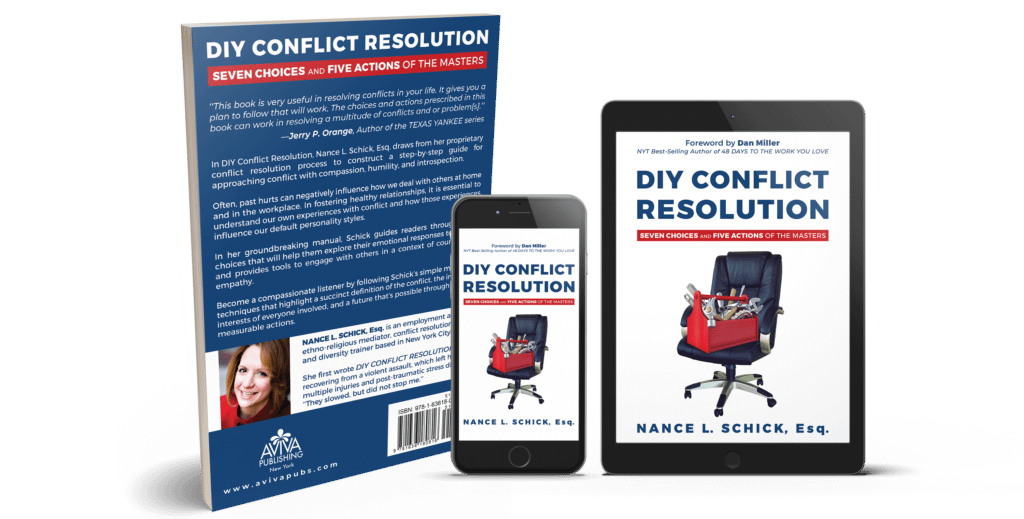I see far too many people dissolve good businesses unnecessarily. They typically have more options than they think. Limited by perfectionistic thinking, they hide their concerns and intentions from the people that will be affected most. Business partners aren’t made aware of changes in financial needs or time commitments. Employees are kept in the dark about financial issues. Without explanation or renegotiation, vendors stop receiving payments on time.
That’s what happened with a colleague who had formed a business partnership with a friend. In the first year of their six-year partnership, my colleague knew he had not made a good decision. Yet he had invested a substantial amount of money in the business. He also had significant experience in the industry and thought his friend needed him because of it.
Out of obligation to his friend, my colleague convinced himself to stay and fight to save the failing venture. He hadn’t considered the sunk cost fallacy that had him putting more into failing projects, rather than admit defeat and change course. Was it too late?

Action One: Define the Conflict
By the time he called me, he was calling his former friend names and labeling him in hurtful ways. They reportedly had irreconcilable differences that finally gave him the excuse he needed to leave.
Without discussing the conflicts with his partner, my colleague had decided he only had four options:
- Sell his portion of the business to his partner
- Sell his portion to a third party
- Give his portion to his partner
- Liquidate the business and split any proceeds
He claimed his partner was making it difficult to leave, but he struggled to clearly describe what the partner was doing. The conflict he needed to resolve was not with his partner. It was with himself.
We started with the Seven Choices. He forgave and acknowledged himself. He forgave his partner and the world.
Action Two: Identify the Interests
As my colleague worked through the Seven Choices, he said he knew he was “reading the label from inside the jar.” He realized he needed a mindset shift, which is why he reached out to me. We worked through:
- What he thought would happen when he formed the partnership
- What he believed about himself, his partner, and how things were supposed to go
- How he formed those beliefs and expectations
- What he needed and wanted at this stage in the business and in his life
- What his partner might be thinking, feeling, wanting, and needing
This re-humanized both of them. Remembering why he trusted his partner with this business in the first place, he again saw the friend he wanted to help. “I had not considered the outcomes for anyone other than myself and my partner,” he admitted.
Action Three: Play with the Possibilities
Once my colleague began to consider what he wanted for himself, his partner, the business, their employees, and their customers, his conversations about removing himself from the business became more productive. He learned not to make decisions for everyone else and think he gave them gifts. People want to be involved in the process when the outcome will impact them.
Action Four: Create the Future
With the help of a business advisor and arbitrator in my colleague’s home country, the negotiations went smoothly. They reached an agreement that addressed everyone’s greatest needs.
Additionally, my colleague and his partner restored their friendship, and the business’ employees became more productive. They needed to see the partners getting along and that their jobs were safe.
Action Five: Stay on PARR
My colleague is no longer involved in the business, but he still supports his friend in a variety of ways, much as he did before the partnership. When I last heard from him, the business was stronger than ever, despite the global pandemic.
Need more practice?

